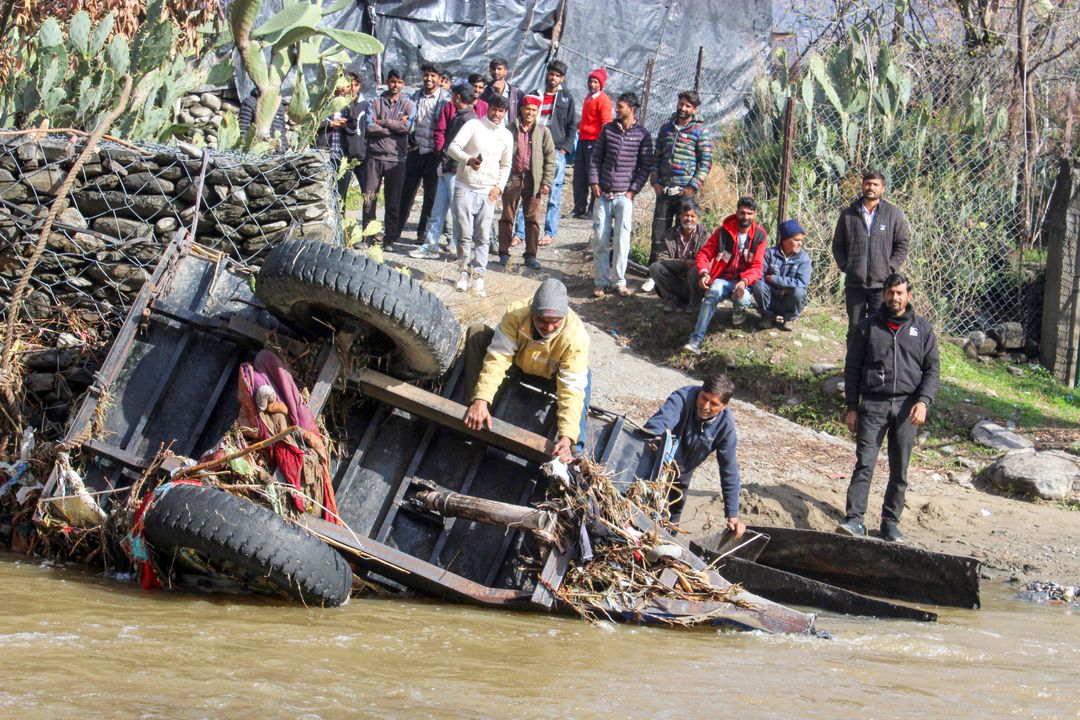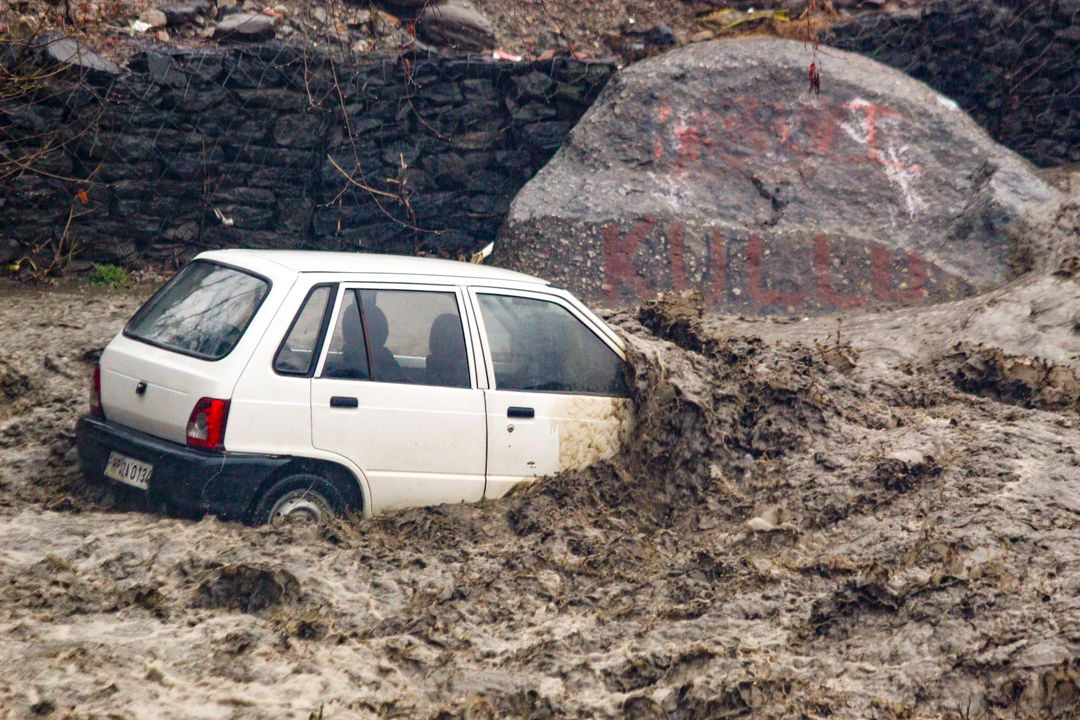Srinagar, Feb 28 – The ongoing wet spell in Jammu and Kashmir, triggered by a "mega" western disturbance, has significantly alleviated the region’s rainfall deficit, reducing it from 80% to 42%, officials said on Friday.
According to the local weather office, the Kashmir Valley witnessed above-normal precipitation between February 26 and 28, providing much-needed relief amid growing concerns over a water crisis.
"While the normal precipitation for this period is 15.5 mm, Jammu and Kashmir recorded an exceptional 78.4 mm, marking a 407% increase above normal," a weather department official stated.
Record-Breaking Rainfall Across Districts
The impact of this heavy precipitation was felt across the region, with some districts experiencing an unprecedented increase in rainfall.- Udhampur in the Jammu region recorded 1,891% above-normal rainfall.
- Ganderbal in Kashmir witnessed a 511% increase in precipitation.
Water Crisis Concerns Persist
Although the recent rains have helped reduce the shortfall, weather experts caution that this does not fully reverse the prolonged dry spell that Jammu and Kashmir has been experiencing for the past five years.Faizan Arif, a weather expert, emphasized the urgency of addressing climate change and the need for strong policy interventions.
"Immediate action is crucial. The cost of disasters, compensation, and recovery will far exceed the expenses of proactive climate measures," he warned.
A Drought-Like Situation in 2024
Apprehensions of a drought had been rising as Jammu and Kashmir recorded its driest year in five decades in 2024, with below-normal precipitation continuing for five consecutive years. Several water bodies dropped below zero-level marks, and some springs in South Kashmir dried up due to the receding water table.In 2024, annual rainfall stood at 870.9 mm, significantly lower than the normal 1,232.3 mm. In contrast, 2023 recorded 1,146.6 mm, which was still 7% below the average.
Chief Minister Omar Abdullah Calls for Water Conservation
The persistent dry spell has raised concerns within the government. Chief Minister Omar Abdullah recently called for urgent action on water management and conservation."It's not a recent phenomenon; it's been building up for years. The government must take a proactive approach towards water management, but it also requires collective responsibility. We can no longer take water for granted," Abdullah said in a post on X earlier this month.
While the recent rainfall has provided temporary relief, experts insist that long-term climate adaptation measures and sustainable water conservation policies are critical to addressing the looming water crisis in the region.
Last updated by a enewsx:

